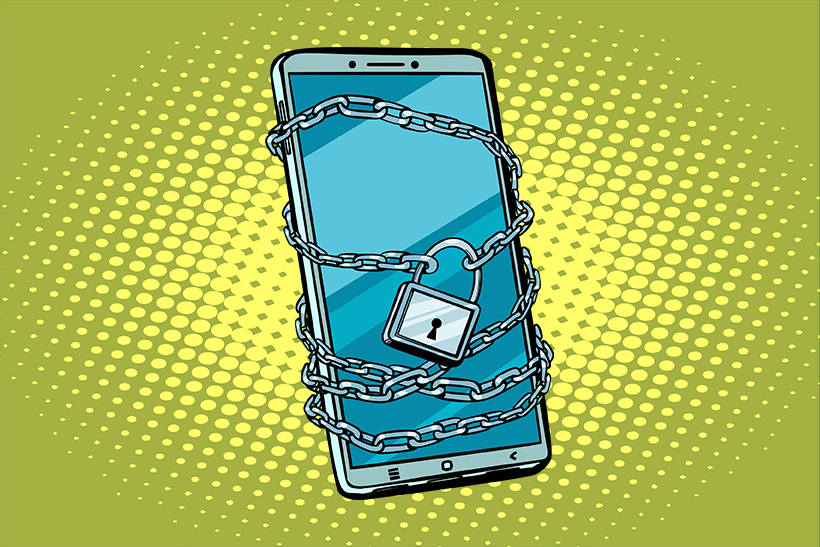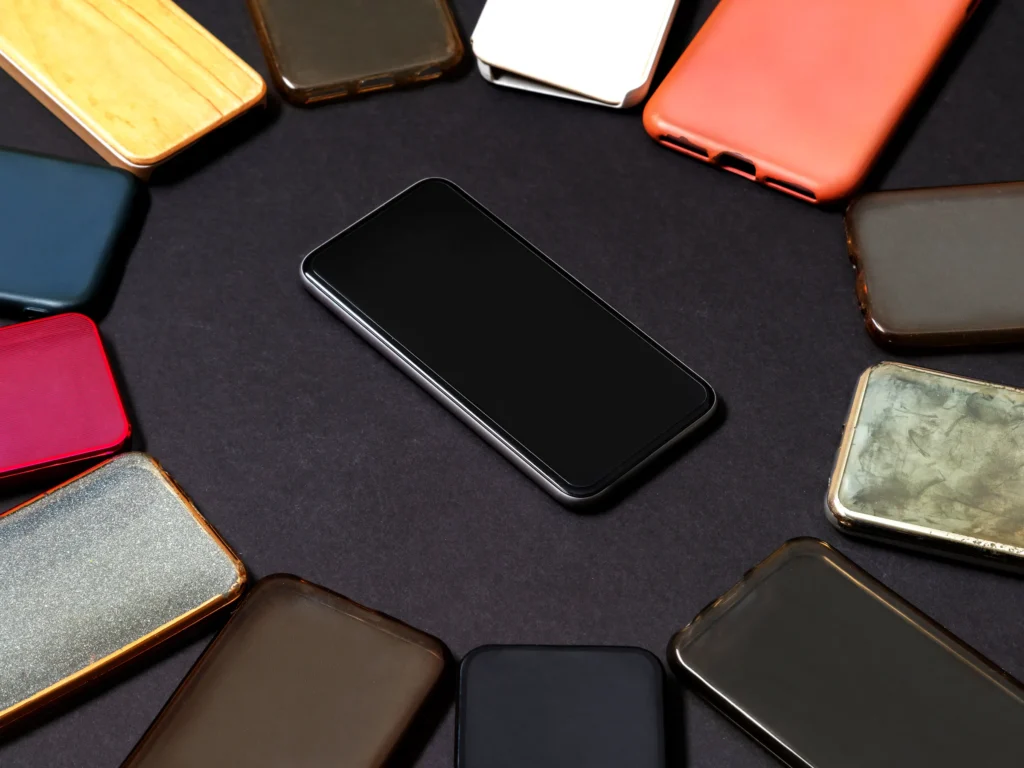In an era where smartphones are essential extensions of our lives, ensuring their safety is paramount. The dilemma of whether to use a phone case to shield these precious devices has become a significant consideration for users. Join us as we delve into the world of phone protection, exploring the advantages and disadvantages of embracing these safeguarding accessories.
1. The Importance of Protection

Source: priviq.com
In our interconnected world, smartphones have evolved into indispensable tools that facilitate communication, work, entertainment, and more. This heightened reliance underscores the significance of safeguarding our devices. The choice between using a mobile cover or going bare can significantly impact their longevity and functionality.
2. Pros of Using Phone Cases for Device Safeguarding
One of the key advantages of employing trendy phone cases lies in their ability to enhance device durability. With advanced shock-absorbing technologies, these cases act as a barrier against accidental drops and impacts. They form a protective layer that absorbs the force of falls, shielding fragile components from potential damage.
3. Enhanced Durability via Shock-Absorbing Case Technology
Modern cases are equipped with cutting-edge shock-absorbing technologies, such as air pockets and impact-resistant materials. These innovations disperse and dissipate the energy from impacts, safeguarding internal components like screens and circuitry. This added layer of defense significantly reduces the risk of cracks and malfunctions caused by accidental drops.
4. Prevention of Scratches and Physical Damage with Cases

Source: mashable.com
In the bustling world of smartphones, mobile covers emerge as armor against the wear and tear of daily life. Beyond the shield they provide against drops, cases play a crucial role in preventing scratches and physical damage. The surfaces we interact with are rife with potential hazards that can mar a phone’s pristine appearance. A cover acts as a safeguard, warding off scratches from keys, coins, and other abrasive objects that might share a pocket or bag. This protective layer preserves the device’s visual appeal and sustains its resale value. By offering a defense against the elements that pose an ongoing threat, they ensure that our devices remain functional and visually appealing for the long haul.
5. Personalization Options: Stylish Cases Reflecting Individual Preferences
The use of covers has expanded beyond its original purpose as a practical accessory. Users may alter their gadgets to reflect their own tastes because of the wide variety of styles, colors, and materials available. Mobile covers provide users the chance to express their unique personalities while also safeguarding their devices. They may be stylish and professional or whimsical and artistic.
6. Bulkiness and Added Device Weight
As guardians of our devices, mobile cases excel, but they aren’t without trade-offs. A notable drawback is the potential for increased bulkiness and added weight. While covers provide a shield against damage, their protective nature often comes at the cost of making a sleek mobile feel more cumbersome. This extra weight might impact user comfort during extended usage periods and might not fit seamlessly into pockets or small bags. Striking a balance between protection and portability is key, as users must decide whether the added bulk is a worthy compromise for safeguarding their device or if the allure of a slim, lightweight phone is more appealing.
7. Impact on Phone Aesthetics: Concealing Device Design and Features

Source: wired.com
The creation of svelte looks and cutting-edge functionality takes a lot of work on the part of phone makers. However, covering a phone with a protective shell might make these features less visible. Using a cover may seem counterintuitive to fans who value the aesthetic attractiveness of their gadgets because it hides the exact features that lured them to the phone.
8. Potential Drawback of Enclosed Cases
While cases are adept at safeguarding devices, they can inadvertently contribute to overheating problems. Smartphones naturally generate heat during usage, and certain cases, particularly those with limited ventilation or made from heat-retaining materials, can trap this heat. Prolonged exposure to elevated temperatures could lead to diminished battery life and compromised overall performance. Choosing a cover that prioritizes heat dissipation can help mitigate this concern. Users need to strike a balance between protection and proper heat regulation to ensure their devices not only remain physically secure but also function optimally, avoiding potential overheating-related setbacks.
9. Potential Interference with Wireless Charging and Signal Reception
While cases offer valuable protection, they can introduce unexpected complications. Some covers, especially those constructed with thick or metallic materials, might disrupt wireless charging capabilities and weaken signal reception. The thickness of a case might obstruct wireless charging compatibility, necessitating its removal every time charging is required. Additionally, metallic elements in a cover can interfere with the mobile’s ability to establish and maintain a strong signal connection. Striking a balance between protection and functionality becomes crucial, as users must ensure their cases don’t inadvertently hinder wireless charging convenience or compromise the seamless communication that smartphones provide.
10. Natural Phone Feel and Slimness Without Case Protection

Source: wired.com
For users who prioritize the natural feel and slimness of their phones, going case-free is an enticing option. The device’s original design and dimensions are retained, offering an unparalleled tactile experience. However, this choice requires a heightened level of caution to prevent accidental damage.
11. Balancing Protection, Aesthetics, and Functionality for Users
In the perpetual debate of whether to use mobile cases, there’s no one-size-fits-all answer. Users must navigate a landscape of choices, weighing the benefits of enhanced protection against the drawbacks of added bulk and potential interference. Striking the right balance between safeguarding a device’s longevity, preserving its aesthetics, and ensuring seamless functionality is a highly individualized decision.
Conclusion
In conclusion, the decision to case or not to case is a multifaceted one that demands thoughtful consideration. Phone covers undeniably provide a crucial shield against drops, scratches, and wear, prolonging the life of our cherished devices. Yet, they come with trade-offs that encompass aesthetics, bulkiness, and potential interference. As technology continues to advance, manufacturers are working to create slimmer, more functional, and aesthetically pleasing cover options. Ultimately, users must navigate the nuanced landscape of mobile protection and choose based on their unique preferences, lifestyles, and priorities.



